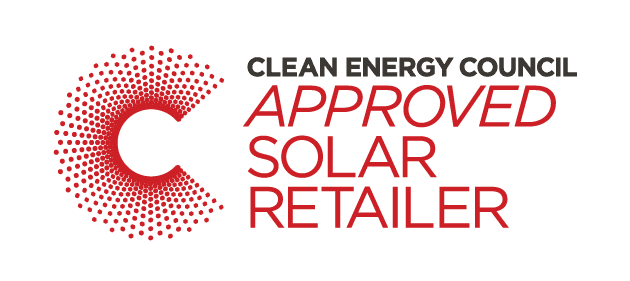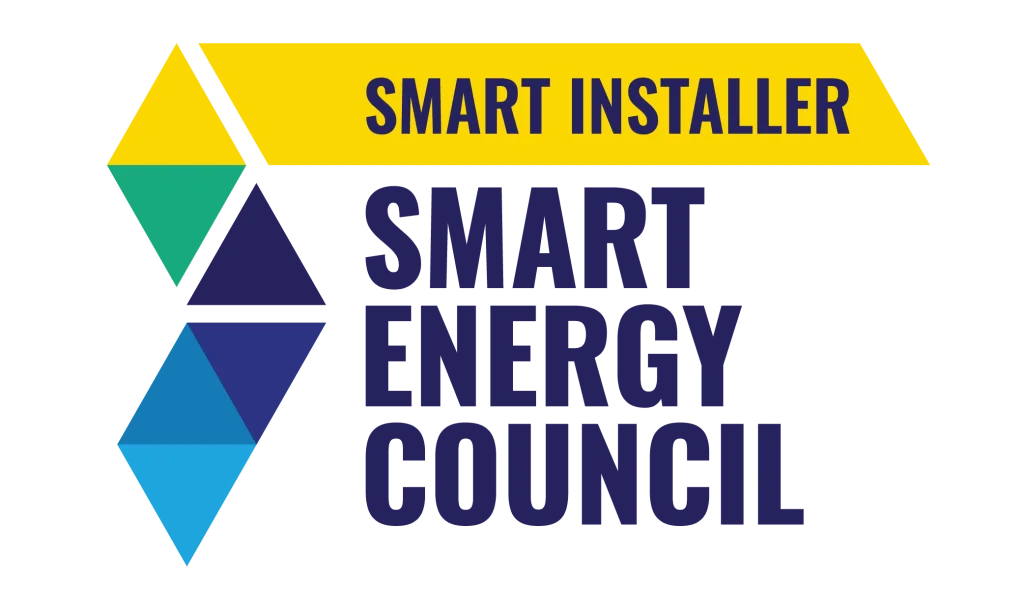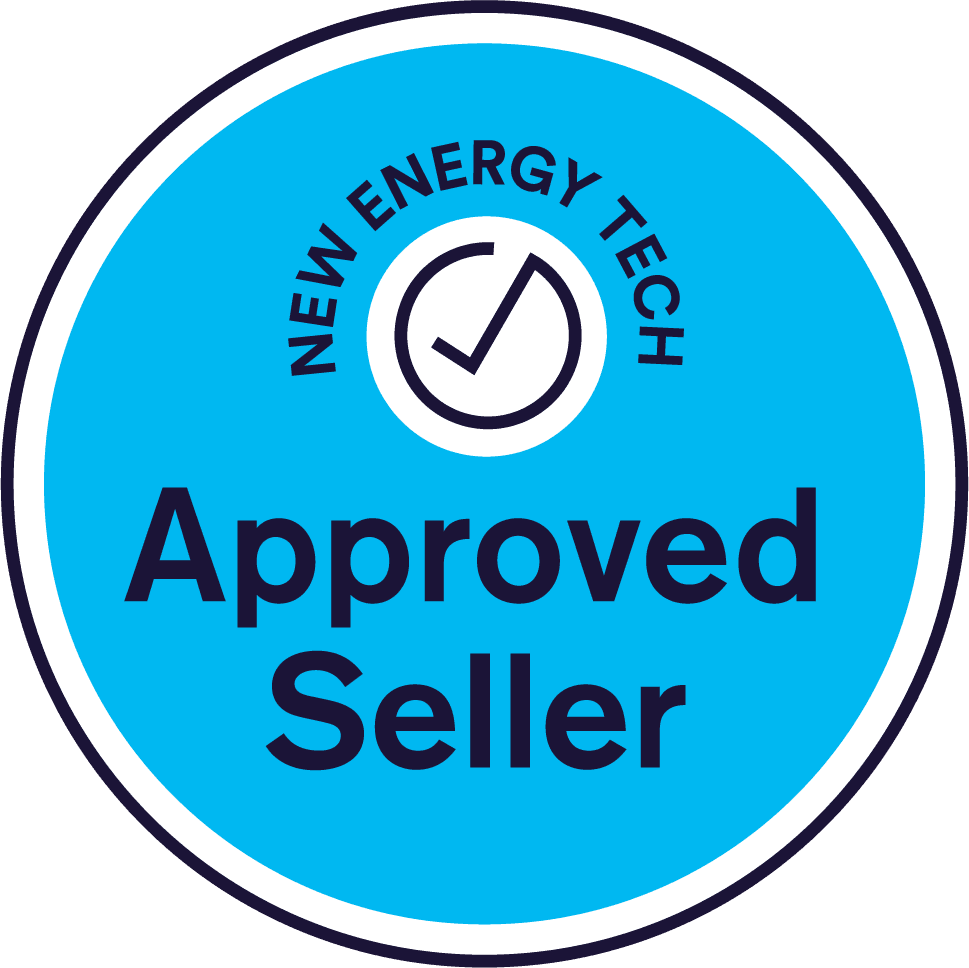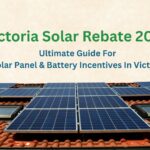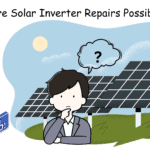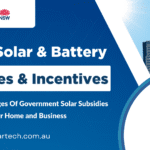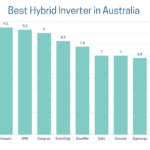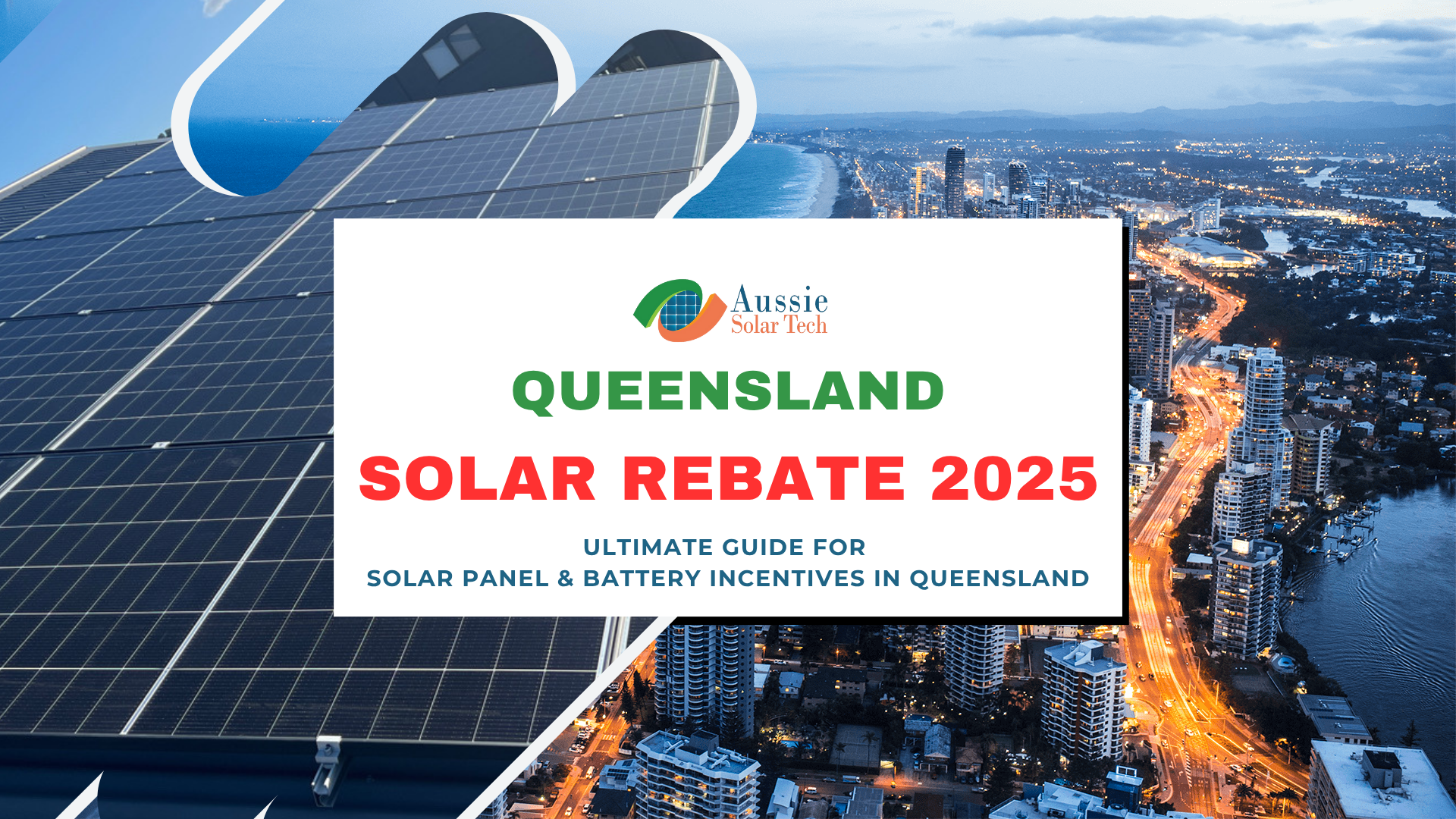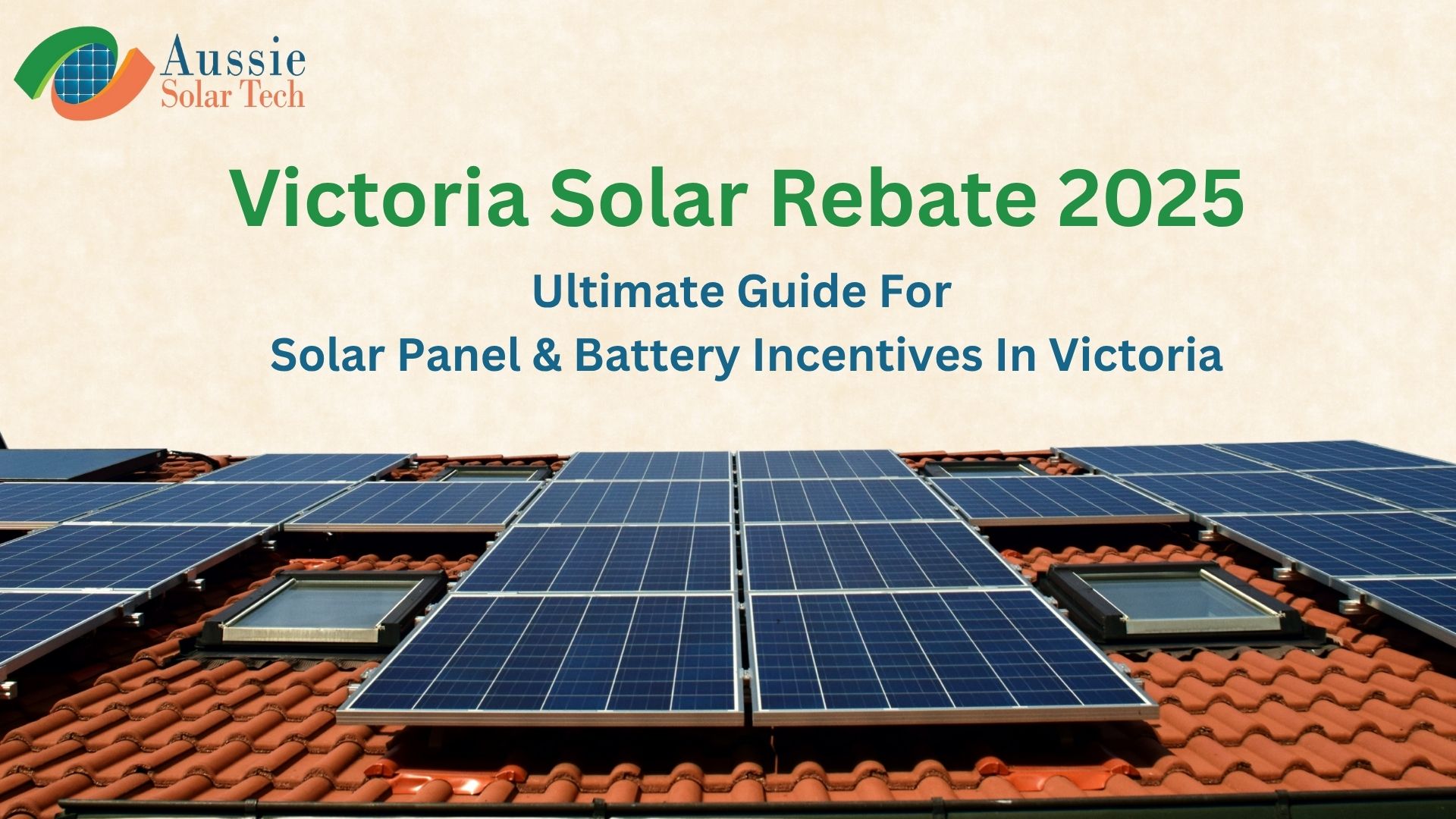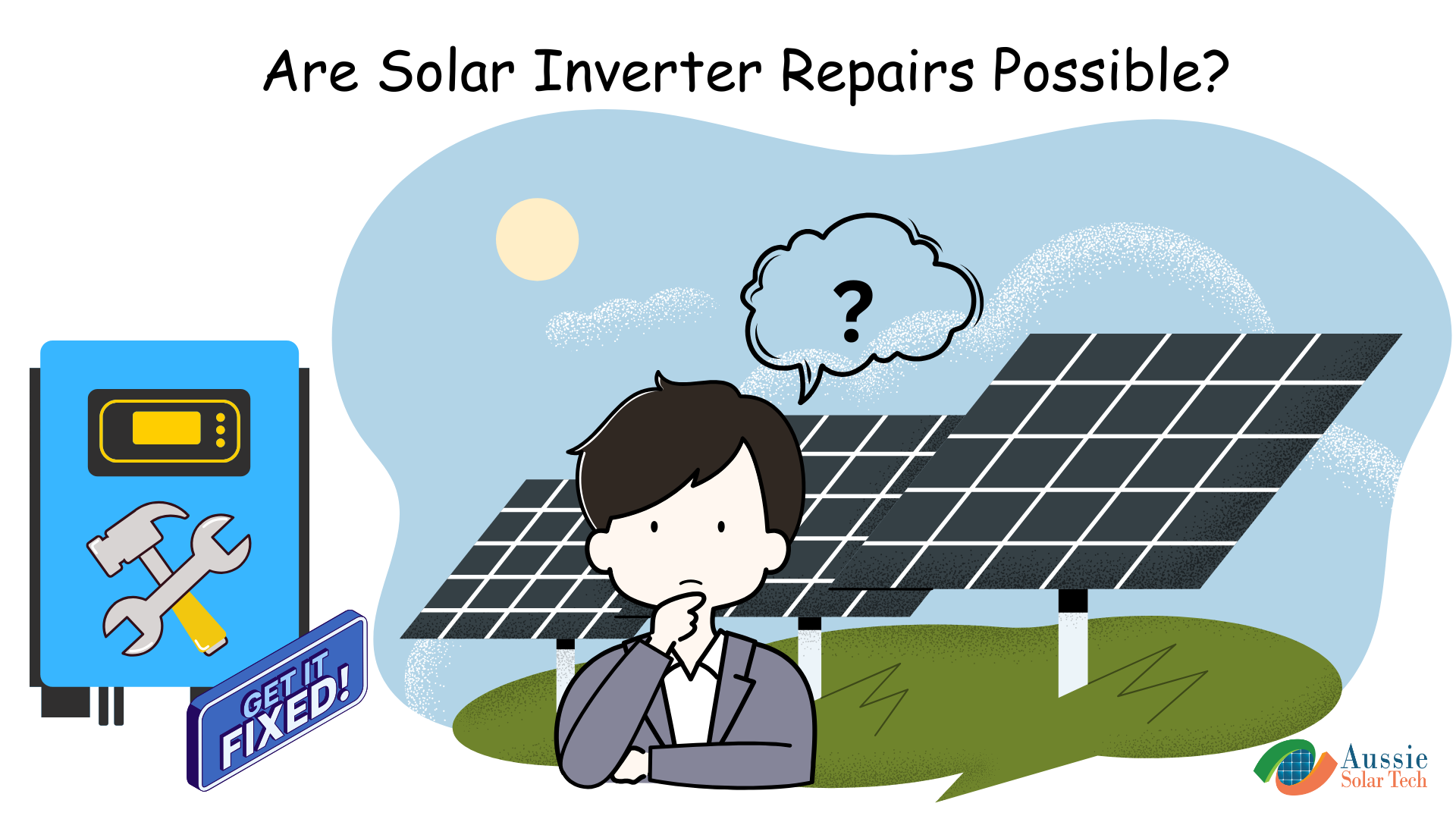Solar Feed-in Tariff Rates in Australia – Updated May 2025 Information
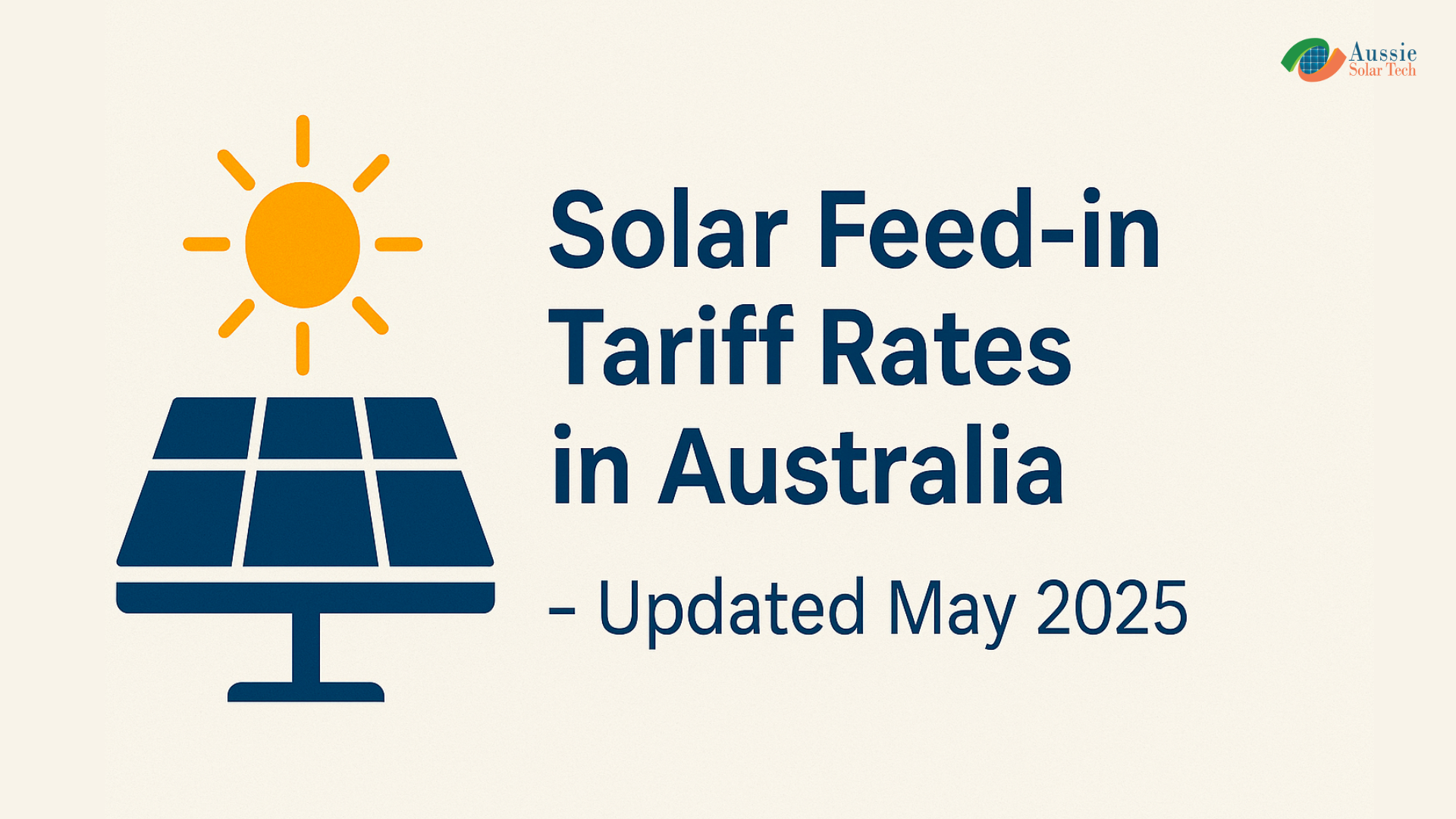
In This Article
ToggleThe solar feed in tariff (FiT) has helped many people and businesses in Australia by giving them money credits for extra electricity they send back to the grid. But in May 2025, things are changing a lot. Some states are lowering these payments, and new fees for sending electricity back to the grid are starting. This makes it harder for solar owners to understand and manage their energy.
As of May 2025, solar feed in tariffs in Australia are changing a lot. Tariffs are dropping in some states, and new export charges are making things more complicated for solar system owners. This article explains the current solar feed in tariffs in Australia, why they’re going down, and how to make the most of your solar system in 2025.
What is a Solar Feed-in Tariff?
Governments in different parts of Australia handle solar feed in tariffs differently. Solar feed in tariff is also called solar bonus or buy-back schemes. A solar feed in tariff (FiT) is a payment provided to solar system owners by power companies. The money is paid for surplus solar panel-generated electricity exported to the grid.It is measured in cents per kilowatt-hour (c/kWh), and it appears as a credit on electricity bills, offsetting the cost of grid power. FiT tariffs vary depending on state and retailer in Australia, usually ranging from 2-12c/kWh as of May 2025, certain legacy schemes provide greater rates.
Although these rates encourage solar adoption, they are falling due to higher solar uptake and lower daytime wholesale prices. In the past, these payments were high to encourage people to install solar panels, but as more people have solar now, the rates have dropped because of more supply and lower electricity prices during the day. The amount you get from a solar feed in tariff depends on your state, your electricity company, and sometimes the time of day. Some states have set minimum rates, while others let companies decide, so rates can vary a lot. Some old programs from the early 2000s, like Queensland’s 44c/kWh Solar Bonus Scheme, still pay well for early solar users but are slowly ending.
How Solar Feed-in Tariffs Work
When your solar panels make more electricity than your home needs, the extra power goes into the electricity grid for others to use. You get paid for that extra energy through something called a solar feed in tariff.In recent years, feed-in tariffs for new solar systems have been pretty low. They went up a bit in July 2017 but fell again because of lower wholesale electricity prices.In 2022, when wholesale electricity prices shot up, some states raised feed-in tariffs. But in other places, too much solar energy in the grid pushed prices back down.
No matter what happens to rates, solar is still a great investment. Some homes still get high feed-in tariffs from older deals, but upgrading those systems usually means losing those high rates.
Homes with batteries might get higher payments if they join a VPP (Virtual Power Plant).
Is Solar Feed-in Tariff Different From The Solar Rebate?
As mentioned, solar feed-in tariffs are a payment for electricity sent into the grid after solar panels have been installed, while the solar rebate lowers the up-front cost of buying a solar power system. For most installations, the solar rebate (which isn’t really a rebate but a point-of-sale discount) provides a discount of several thousand dollars.
Australian Federal solar rebate and battery rebate is being gradually phased out over the coming years and will come to an end on the 31st of December 2030. While technically it is not a rebate, that is what it is commonly called, and why we tend to reference it this way.
👉🏻 Know about the Federal Government Solar Panel Rebate and Federal Government solar battery rebate
How Can I Find Out My Solar Feed-in Tariff Rate?
Different electricity retailers offer different rates. If you’re unsure what rate you’re getting, it should be listed on your electricity bill. If you can’t find it, just call your retailer to check this information. If you have rooftop solar panels and you’re not receiving any feed in tariff, it probably means your electricity plan doesn’t have a buyback feature. This can be rectified either by changing your energy plan or by changing your electricity retailer.
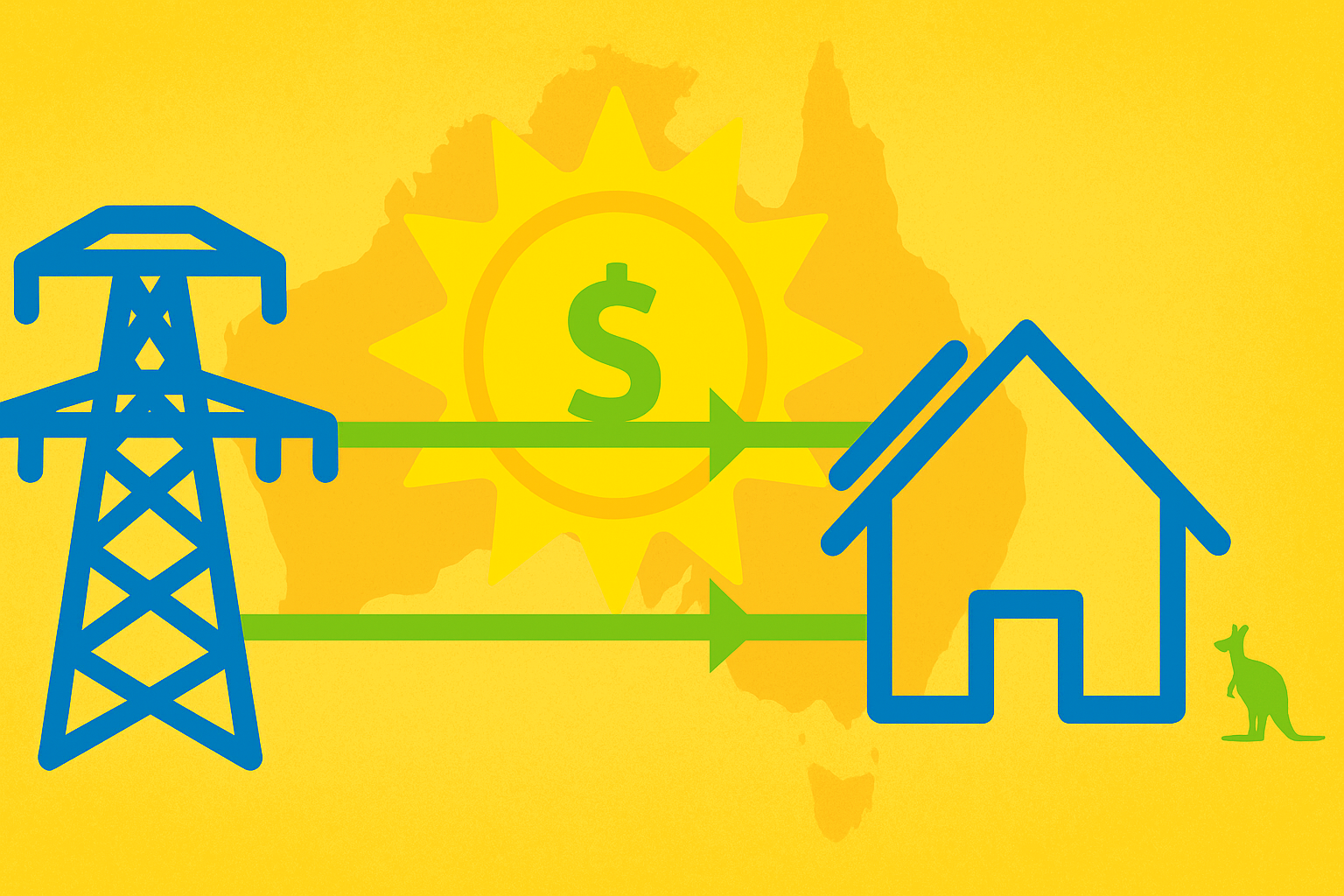
Historical Solar Feed-in Tariff Rates in Australia (2010–2025)
| Year | ACT (c/kWh) | NSW (c/kWh) | VIC (c/kWh) | QLD (c/kWh) | SA (c/kWh) | WA (c/kWh) |
|---|---|---|---|---|---|---|
| 2010 | 45 | 60 | 60 | 44 | 44 | 47 |
| 2011 | 45 | 20 | 60 | 44 | 44 | 47 |
| 2012 | 45 | 10 | 25 | 10 | 16 | 30 |
| 2013 | 30 | 9 | 25 | 10 | 6.8 | 30 |
| 2014 | 20 | 8 | 25 | 10 | 6.8 | 30 |
| 2015 | 15 | 7 | 25 | 10 | 6.8 | 30 |
| 2016 | 13 | 6 | 5 | 8 | 6.8 | 10 |
| 2017 | 12 | 7 | 11.3 | 8 | 6.8 | 10 |
| 2018 | 11 | 8 | 9.9 | 8 | 6.8 | 10 |
| 2019 | 10 | 10 | 12 | 8 | 6.8 | 10 |
| 2020 | 9 | 7 | 10.2 | 8 | 6.8 | 10 |
| 2021 | 8 | 6 | 6.7 | 8 | 6.8 | 10 |
| 2022 | 7 | 6 | 5.2 | 8 | 6.8 | 10 |
| 2023 | 6 | 7 | 4.9 | 8 | 6.8 | 10 |
| 2024 | 5 | 5 | 3.3 | 8 | 6.8 | 10 |
| 2025 | 5 | 5 | 0.04 | 8 | 6.8 | 7 |
Key Observations:
- Australian Capital Territory (ACT): Offered a generous 45 c/kWh FiT from 2010 until 2012. Rates dropped significantly from 2013 (30 c/kWh), declining steadily over the years to reach 5 c/kWh by 2025. The ACT’s FiT policy reflects a shift towards market-based rates as solar penetration increases.
- New South Wales (NSW): Initiated with a generous 60 c/kWh gross FiT in 2010, which was reduced to 20 c/kWh by late 2010. Since 2011, FiTs have been set by retailers, guided by IPART’s benchmarks.
- Victoria (VIC): Offered a 60 c/kWh net FiT starting in 2009. Over the years, the minimum FiT has declined, reaching a proposed 0.04 c/kWh for the 2025–26 financial year.
- Queensland (QLD): The Solar Bonus Scheme provided 44 c/kWh from 2008, which was closed to new applicants in 2012. Current FiTs vary between 6–8 c/kWh, depending on the retailer.
- South Australia (SA): Initially offered 44 c/kWh, reduced to 16 c/kWh in 2011, and further to 6.8 c/kWh in 2013. Presently, there is no mandated minimum FiT; rates are determined by retailers.
- Western Australia (WA): Early FiTs ranged between 40–47 c/kWh. The current Distributed Energy Buyback Scheme (DEBS) offers time-of-use rates: 10 c/kWh during peak (3–9 PM) and 2.5 c/kWh during off-peak hours.
Australian State-by-State Breakdown of Solar Feed-in Tariff Rates in May 2025
Here’s a simplified look at the solar feed-in tariff rates in each Australian state and territory as of May 2025:
ACT Solar Feed-in Tariff
The ACT does not enforce a minimum solar feed-in tariff, with rates set by retailers.
-
Top Retailer Rates:
- Origin Energy (Solar Boost): 12c/kWh for the first 14kWh/day, then 9c/kWh.
-
ActewAGL: 8c/kWh.
-
Key Notes: Legacy tariffs (30-45c/kWh) apply to pre-2011 installations. Rates are decreasing from July 1, 2025, for standard contracts.
NSW Solar Feed-in Tariff
In NSW, the Independent Pricing and Regulatory Tribunal (IPART) sets benchmark solar feed-in tariff ranges, but retailers are not required to adhere to them. For 2025-26, the all-day solar feed-in tariff benchmark is 4.8 to 7.3 c/kWh
-
Top Retailer Rates:
- ENGIE and Globird Energy: Up to 12c/kWh (subject to eligibility).
-
EnergyAustralia, Red Energy, Alinta Energy, AGL: Up to 10c/kWh, with minimums around 4c/kWh.
- Export Charges: From July 2025, Ausgrid will implement mandatory two-way tariffs, including a 1.2c/kWh export charge during certain hours, offset by export rewards. This could increase annual bills by approximately $6.60 for a typical 5kW solar system.
-
Key Notes: NSW no longer mandates a minimum solar feed-in tariff, giving retailers flexibility. Legacy tariffs (30-45c/kWh) are still available for pre-2011 installations.
VIC Solar Feed-in Tariff
Victoria’s solar feed-in tariff landscape is set to change dramatically from July 1, 2025, with the Essential Services Commission (ESC) removing minimum FiT requirements. The projected minimum flat rate will drop from 3.3c/kWh to 0.04c/kWh, making it the lowest in Australia.
-
Current Rates (until June 30, 2025):
- Flat rate: 3.3c/kWh
-
Time-varying rates: 2.1 to 8.4c/kWh, depending on the time of day.
- Post-July 2025: Retailers can set their own rates, but they cannot be below 0 c/kWh. Some retailers may offer higher rates to remain competitive.
- Key Notes: The Premium Feed-in Tariff (PFiT) scheme, offering 60c/kWh, ended in 2024. The drastic reduction in FiTs reflects lower daytime wholesale prices and a push toward battery storage.
QLD Solar Feed-in Tariff
Queensland does not mandate a minimum solar feed-in tariff, except in regional areas serviced by Ergon Energy, where the rate is fixed at 12.377c/kWh for 2024-25.
-
Top Retailer Rates:
- Origin Energy (Solar Boost): Up to 12c/kWh for the first 14kWh/day, then 9c/kWh.
-
Other retailers: Typically 5-10c/kWh, with some offering bonus rates for the first 12 months.
-
Key Notes: Early adopters under the 44c/kWh Solar Bonus Scheme (pre-July 2012) continue to benefit until 2028. Regional Queenslanders enjoy higher rates due to government incentives.
SA Solar Feed-in Tariff
South Australia has no mandated minimum solar feed-in tariff, allowing retailers to set competitive rates.
-
Top Retailer Rates:
- ENGIE: Up to 11c/kWh (capped at 8kWh/day), minimum 4c/kWh.
-
EnergyAustralia (Solar Max): 10c/kWh for the first 12kWh/day, then 4.5c/kWh.
-
Key Notes: Early adopters (pre-2011) receive 44c/kWh until 2028. A potential “solar tax” on exports is under review by the Australian Energy Regulator (AER).
WA Solar Feed-in Tariff
Western Australia offers some of the lowest solar feed-in tariffs due to limited retailer competition.
- Synergy (Perth & SW WA): 10c/kWh (3pm-9pm), 3c/kWh (off-peak).
- Horizon Power (Regional WA): 3c/kWh before 3pm, varying by region.
-
Key Notes: No choice of retailer in WA, and premium tariffs (up to 60c/kWh) are only available for pre-2011 installations.
TAS Solar Feed-in Tariff
Tasmania’s newly competitive energy market offers limited retailer options, but solar feed-in tariffs are improving.
- Typical Rates: 5-10c/kWh, with some retailers offering solar-specific plans with higher rates.
-
Key Notes: Rates are set by retailers, with no mandated minimum.
NT Solar Feed-in Tariff
The Northern Territory offers competitive solar feed-in tariffs, primarily through Jacana Energy, the government-owned retailer servicing most of the region.
-
Jacana Energy:
-
Standard FiT: 9.33c/kWh (all times, 2024-25).
-
-
Key Notes: The Premium FiT, one of the highest in Australia, is phasing out, with eligible customers transitioned to the Standard FiT of 9.33c/kWh after four years or by July 2026 at the latest. No retailer choice exists in most NT areas, and the government is promoting battery storage through the Home and Business Battery Scheme to reduce reliance on grid exports.
Retailer Feed-in Tariff Rates in Australia 2025
Electricity retailers in Australia offer different feed-in tariffs (FiTs) based on competition and strategy. Here’s what some offer:
- AGL: 4 to 8 c/kWh, depending on your state and plan.
- Origin Energy: Varies by state, with cuts in NSW, SA, and QLD from 1 July 2025.
- EnergyAustralia: Up to 12 c/kWh for the first 12 kWh/day on some plans.
- Red Energy: Competitive rates depending on the state.
- Sumo: Up to 8.1 c/kWh in some regions.
It’s important to compare these offers, as your FiT affects how quickly you earn back the cost of your solar system.
Government Solar Policies and Solar Feed-in Tariffs in Australia
Government policies shape how solar feed-in tariffs (FiTs) work in Australia, affecting what solar households earn and how renewable energy grows. Here’s a snapshot of key policies in major states as of May 2025:
ACT
- No minimum FiT is enforced.
- Legacy rates (47.5–50.05c/kWh) for pre-2011 systems are phasing out by 2024–2031.
- Retailers set competitive rates, and incentives like Small-scale Technology Certificates support solar uptake.
New South Wales (NSW)
- IPART sets a benchmark FiT (4.9–7.4c/kWh for 2025–26), but it’s not mandatory.
- Ausgrid will start export charges (1.2c/kWh) in July 2024 (opt-in) and July 2025 (mandatory).
- These changes aim to balance grid stability with solar benefits.
Victoria
- From July 2025, the Essential Services Commission will scrap the minimum FiT requirement.
- Rates will follow market prices, considering factors like wholesale prices, avoided losses, and environmental benefits.
- This change, which could drop the minimum FiT to 0.04c/kWh, aims to push battery use and self-consumption over grid exports.
Queensland
- The Solar Bonus Scheme (44c/kWh) for systems installed before July 2012 continues until 2028.
- Ergon Energy in regional areas offers a fixed FiT of 12.377c/kWh for 2024–25.
- New systems don’t have a minimum FiT; rates are market-driven.
South Australia
- Older systems (pre-2011) still get 44c/kWh until 2028.
- New systems have no minimum FiT, with market rates in place.
- The Australian Energy Regulator is considering export charges to manage grid stability.
Overall, policies are shifting from high, government-supported FiTs to market-driven rates. This reflects more solar on the grid, cheaper wholesale prices, and the need to manage grid stability. Governments now focus on batteries and self-consumption to reach Australia’s clean energy goals.
Why are Solar Feed-in Tariffs Declining?
The drop in solar feed in tariffs across Australia is happening because of several reasons:
- More Solar Panels: Australia has a lot of rooftop solar now. With so much solar energy during the day, the need for the grid is decreased, and prices for daytime power are lower. This means feed-in tariffs also drop.
- Wholesale Electricity Prices: The surge in solar installations has led to an oversupply of electricity during daylight hours, driving wholesale prices down. Consequently, retailers offer lower FiTs to align with these reduced prices.
- Cheaper Daytime Power: Power prices are lower during the day because of solar generation. Since feed-in tariffs are linked to these prices, they’ve fallen too.
- Government Changes: Many states have ended high solar tariff plans that paid up to 60c/kWh. Now, they want people to use more of their own solar power and add batteries.
- Grid Problems: Too much solar can overload the grid during the day. Some states, like Victoria and NSW, have reduced tariffs and added export fees to manage this.
These changes have caused solar feed in tariffs to drop a lot, by as much as 99.93% in some states over the past 15 years.
Decline in Solar Feed-in Tariff Chart (2010-2025)
Here’s the graph showing the decline in solar feed-in tariffs across major Australian states from 2010 to 2025.
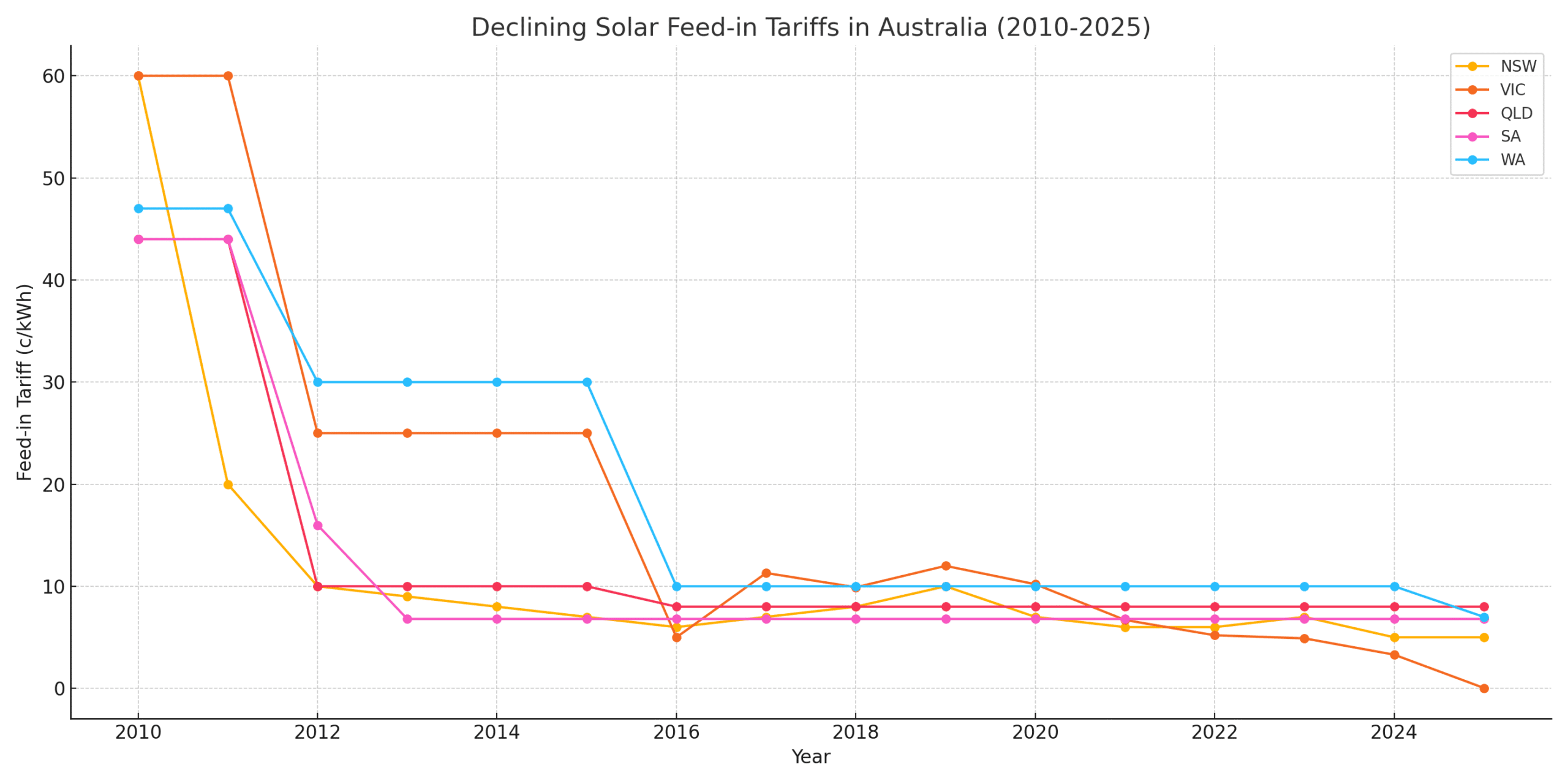
This line graph shows how solar feed-in tariffs (FiTs) in major Australian states—NSW, VIC, QLD, SA, and WA—have declined from 2010 to 2025.
- NSW and VIC started with the highest FiTs (around 60 c/kWh in 2010) but saw sharp drops after 2011.
- QLD maintained high FiTs until 2012, then dropped to about 6–8 c/kWh.
- SA and WA also saw significant declines after 2012, stabilizing at around 6–10 c/kWh.
Overall, the trend highlights a consistent decline in FiTs across all states, reflecting the maturing solar market and the impact of policy adjustments.
The Impact of Declining Solar Feed-in Tariff
The drop in solar feed-in tariffs has a big effect on people with solar:
- Longer Payback Periods: Lower FiTs mean reduced returns on exported energy. So, you might need more time to recover the cost of a solar system.
- More Self-Use: Lower rates encourage using your solar energy during the day instead of selling it to the grid.
- More Interest in Batteries: Batteries let you store extra solar power to use at night, so you don’t have to buy expensive grid electricity.
- Grid Issues: Too much solar during sunny times can overload the grid, which leads to things like export charges (NSW) and zero-export limits (Victoria).
How to Get the Most from Your Solar System in 2025
Even though feed-in tariffs have dropped, there are ways to save money with solar:
Use More of Your Own Solar Power
- Run appliances (washing, dishwasher, hot water) during the day when your panels are making electricity.
- Use smart home tech to schedule things like laundry.
Add a Battery
- Batteries store your extra solar power so you can use it at night instead of paying high grid rates.
- Join a Virtual Power Plant (VPP) to get better rates for stored power.
Compare Energy Plans
- Check different energy retailers to find the best mix of feed-in tariffs, usage charges, and supply fees.
- Use websites like Solar Choice or WATTever to find deals.
Upgrade Your System
- Bigger or better-placed panels (e.g. north-facing) make more power.
- Just check with your retailer—some upgrades might mean you lose your old high feed-in tariff.
Try Time-Varying Tariffs
- Some states (like Victoria) offer higher rates during busy times, like evenings.
Watch for Export Charges
-
-
- In NSW, Ausgrid’s two-way tariff starts in July 2024 (opt-in) and is mandatory in 2025—it charges you for some exports but also rewards you at times.
- In Victoria, consider zero-export limits if feed-in tariffs drop too low.
-
The Future of Solar Feed-in Tariffs
Here’s what’s likely to happen with solar feed-in tariffs (FiTs) in Australia:
- More Batteries: As FiTs drop, batteries will be key for storing extra solar energy. Expect more government support for battery installations.
- Smart Grids and VPPs: Virtual Power Plants and smart grids will give solar homes ways to earn better FiTs by helping the grid.
- Export Charges: More states may charge for exports at some times and pay more at others, encouraging exports when the grid needs them.
- Solar Still Pays: Even with lower FiTs, solar remains worth it thanks to high retail prices and incentives like Small-scale Technology Certificates (STCs).
Conclusion
Solar feed-in tariffs (FiTs) in Australia are changing because of the market, new rules, and technology. Even though FiTs are going down, smart energy use and new technology can still make solar a good investment. If households stay informed and take action, they can still get great financial and environmental rewards from their solar systems.
Want to get started? Contact Aussie Solar Tech today for a free, no-pressure chat. Let’s make 2025 the year you fully control your solar power and create a truly sustainable home.
Frequently Asked Questions (FAQs)
Here are some simple answers to common questions about solar feed-in tariffs in Australia:
- What is a solar feed-in tariff?
It’s the money electricity retailers pay you for extra solar power your panels send back to the grid. It’s usually shown in cents per kilowatt-hour (c/kWh) on your bill and helps offset your electricity costs. - Why are feed-in tariffs dropping?
Tariffs are falling because more people are using solar, which lowers daytime wholesale electricity prices. Also, governments now want to encourage people to use their own solar power and batteries rather than sending excess power to the grid. - Are high feed-in tariffs still around?
Some old schemes (like Queensland’s 44c/kWh and Victoria’s 60c/kWh until 2024) still give high rates to early adopters. But for new systems in 2025, rates are generally lower (0.04–12c/kWh). - How can I get the best feed-in tariff?
Use comparison websites like Solar Choice or WATTever to find retailers with good rates. Look for a plan with high FiTs, low usage charges, and no export limits. - Will export charges affect my savings?
In NSW, export charges (like Ausgrid’s 1.2c/kWh from July 2025) could slightly reduce your savings, but you can still save money overall. Keep an eye on your plan’s details.

Shah Tarek is a Solar Energy Consultant with 10 years experience in solar system design and solar consultancy field at Australia. He is now a Director, Operation & Consultancy Division at Aussie Solar Tech, a leading Australian solar retailer and installer. Here he is writing informative and engaging solar content that educates the community on the benefits of solar power. His work supports Aussie Solar Tech’s mission to promote sustainable energy solutions and foster a greener future for Australia.



